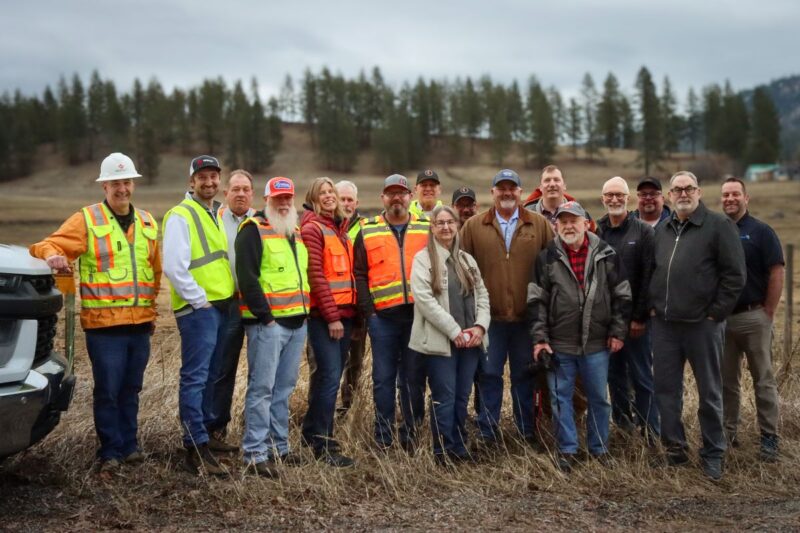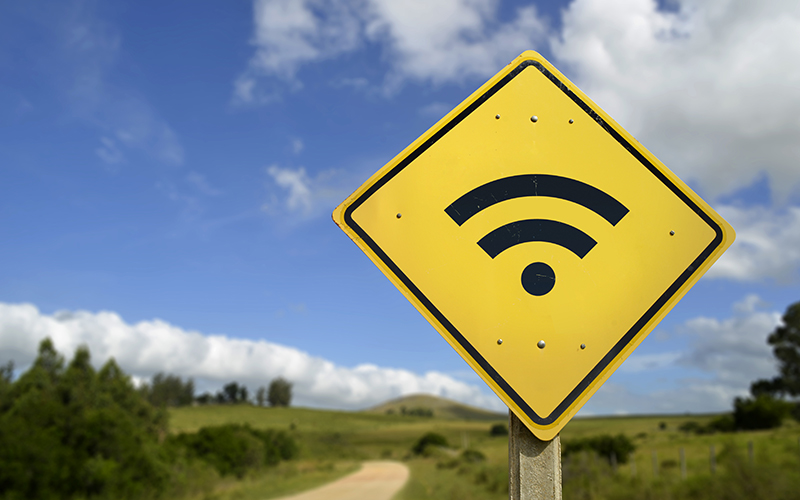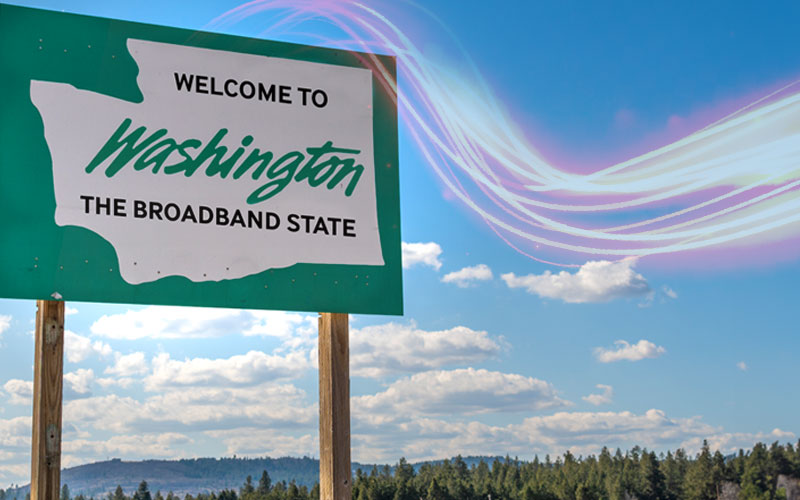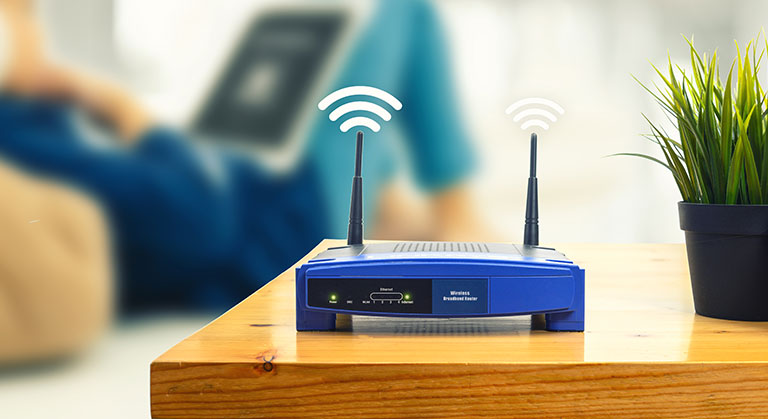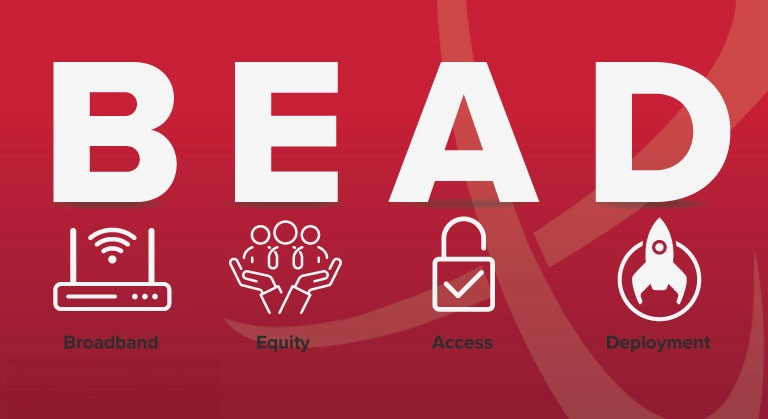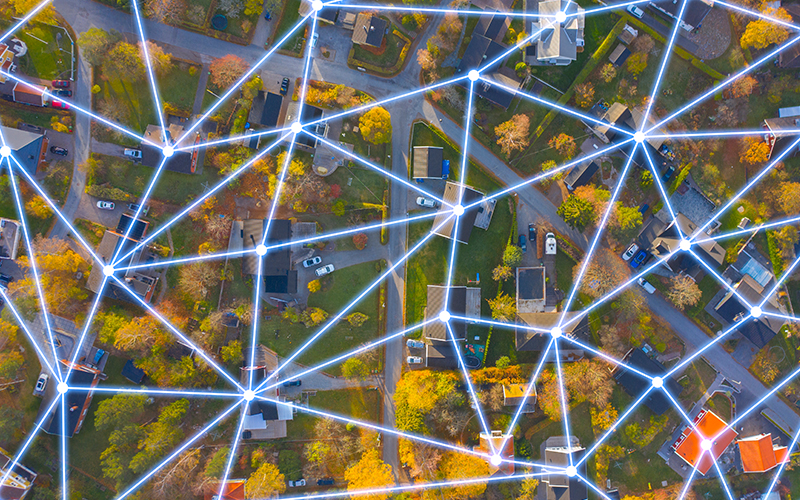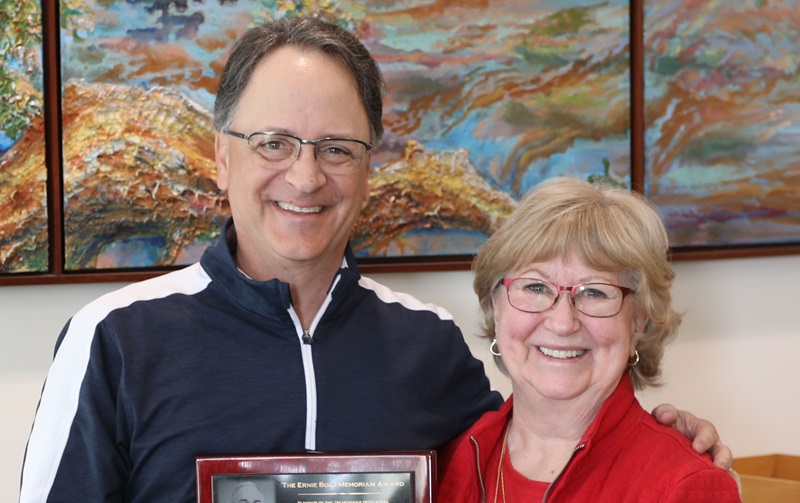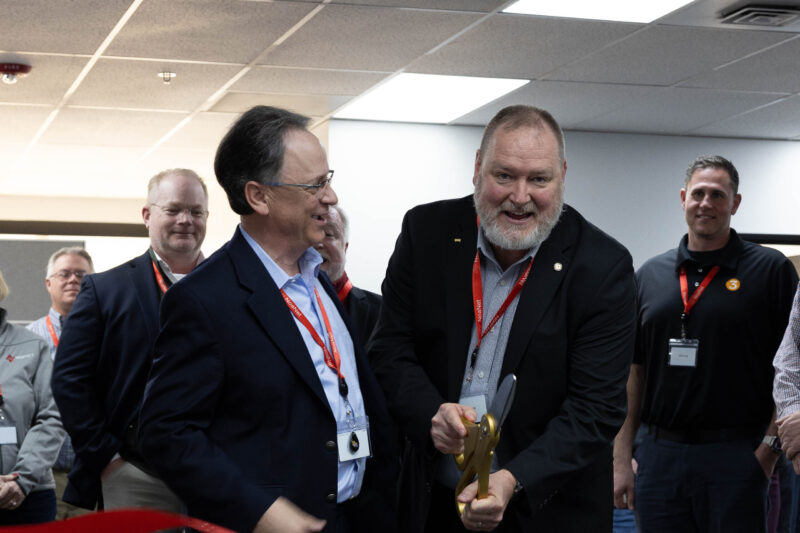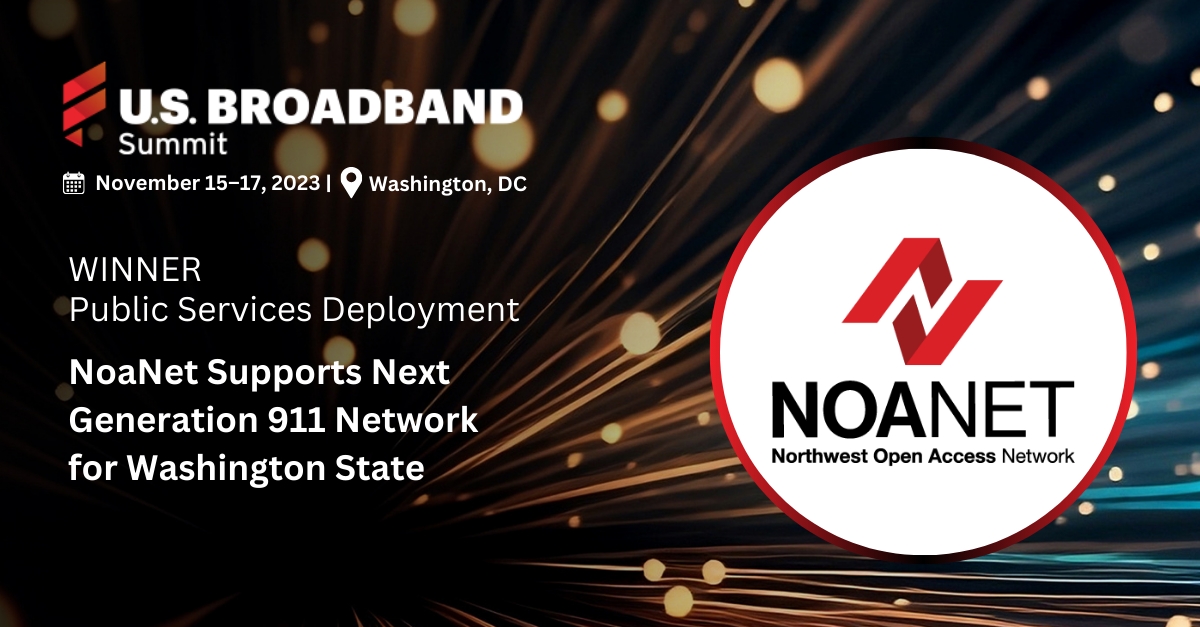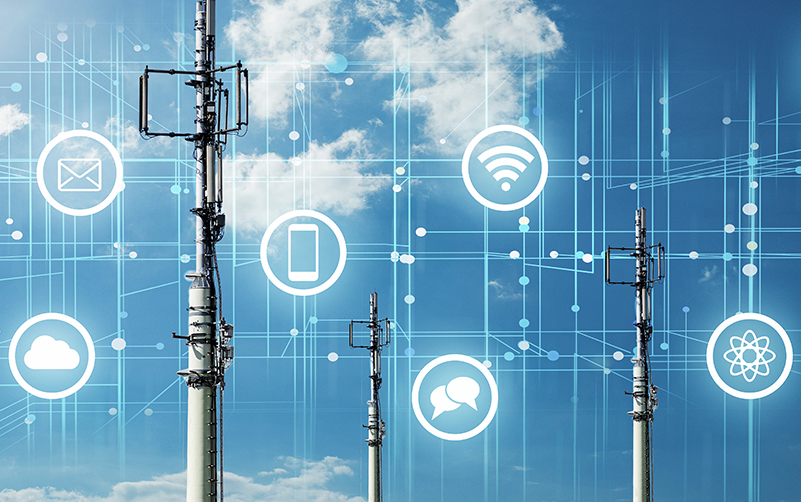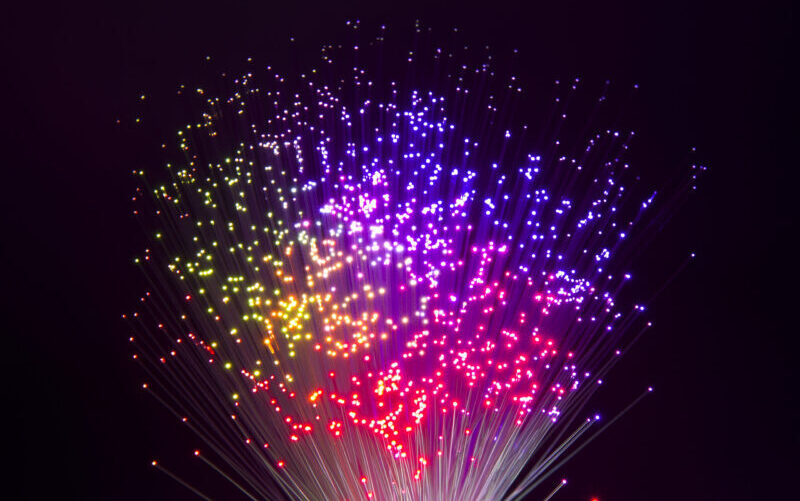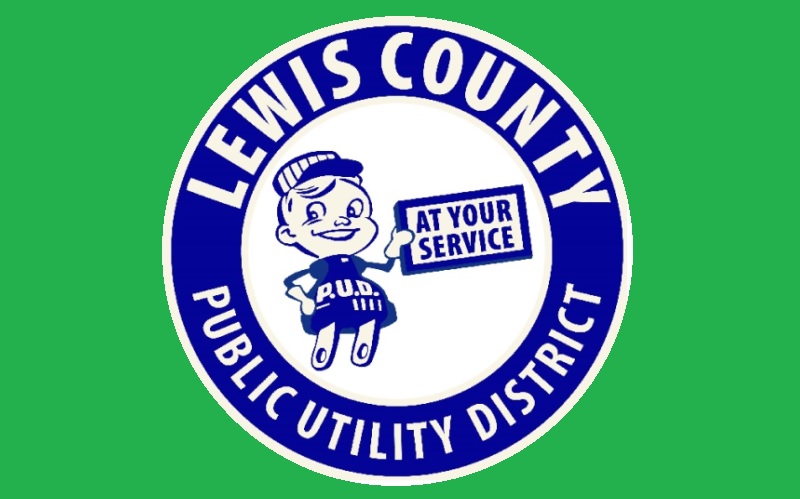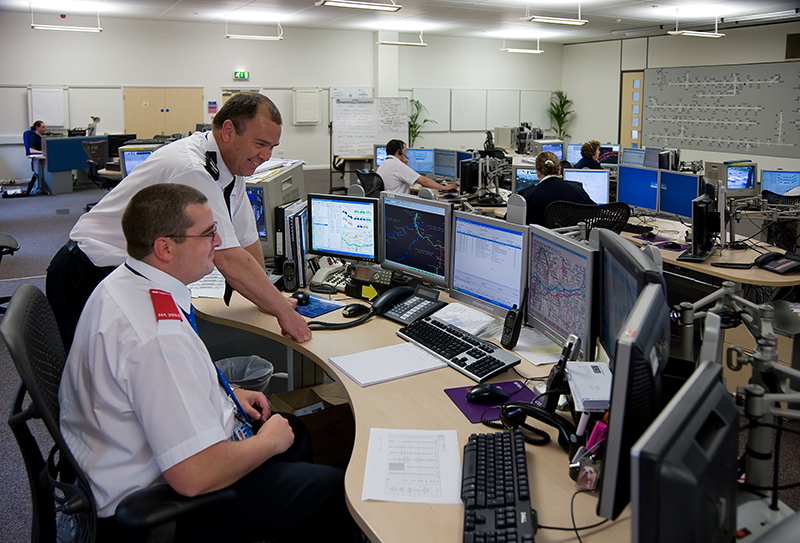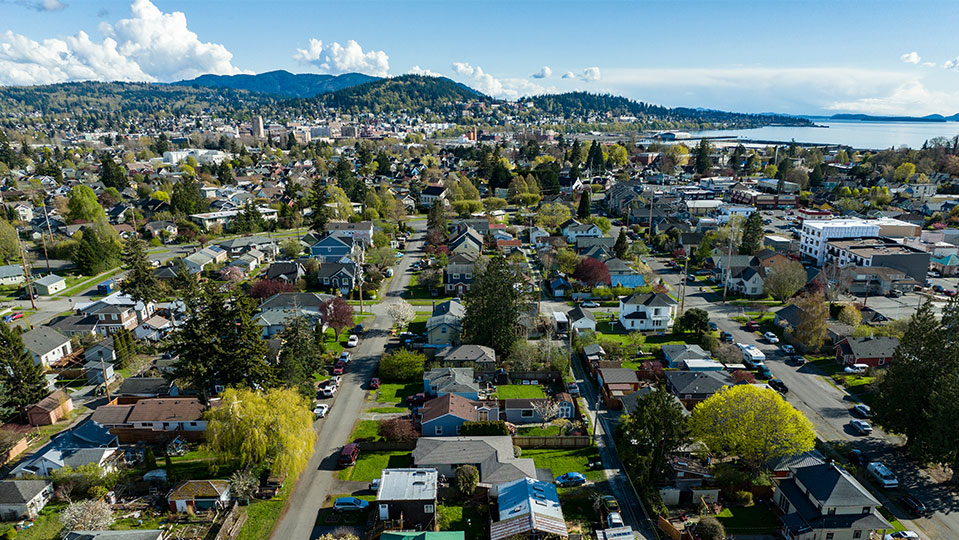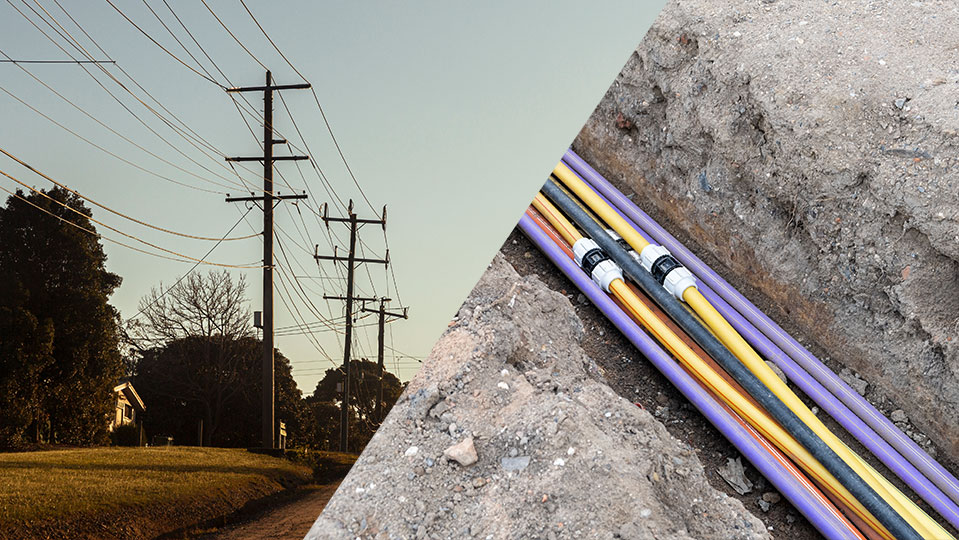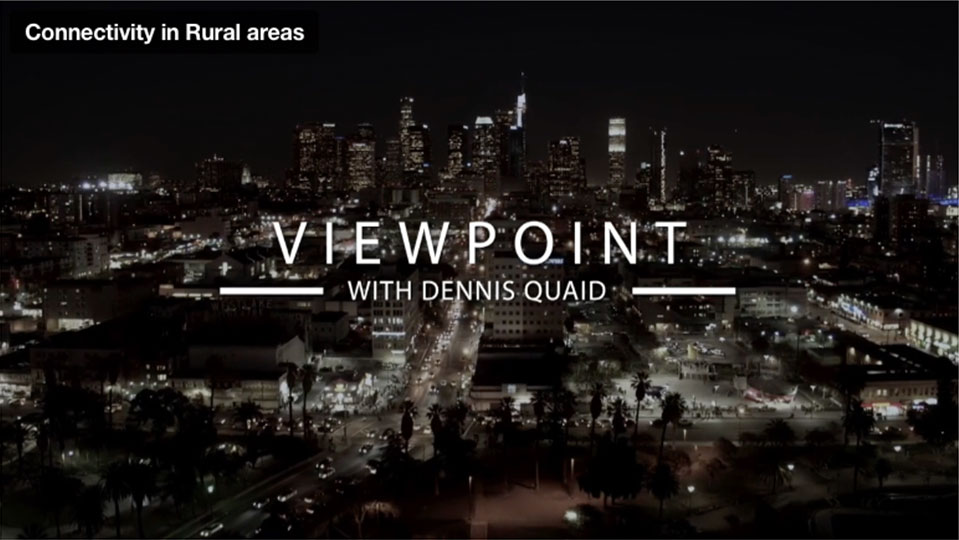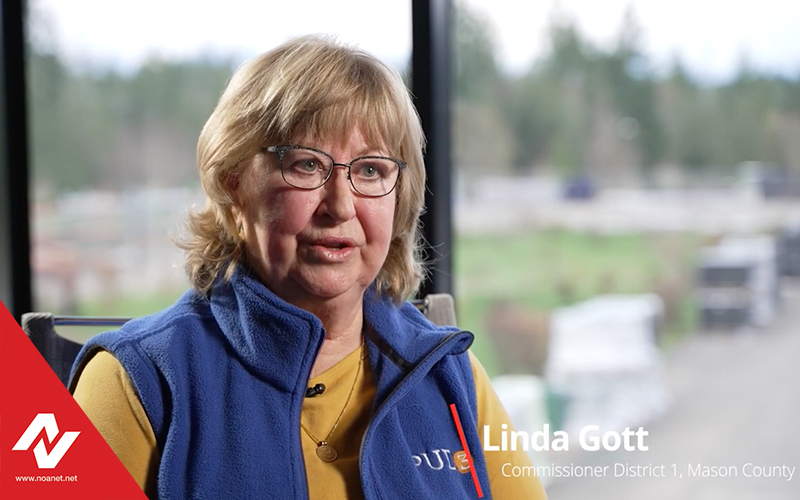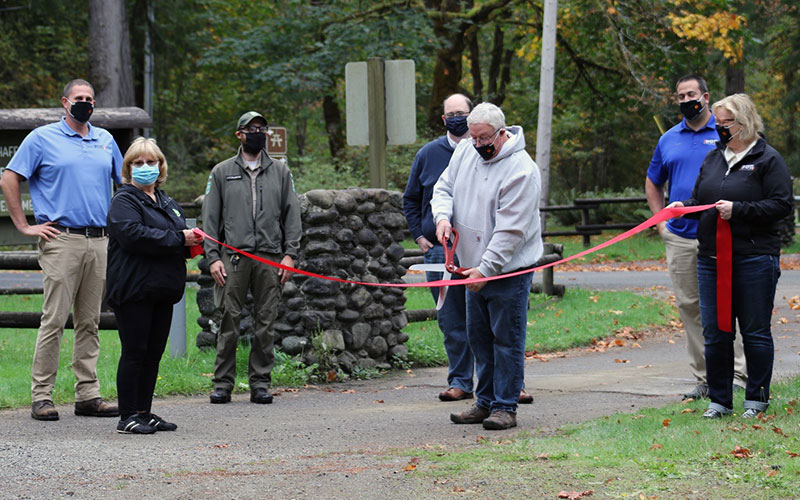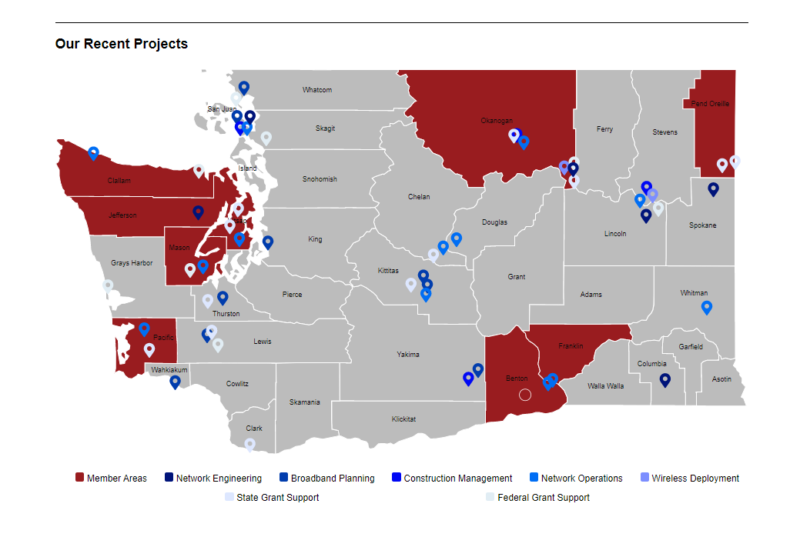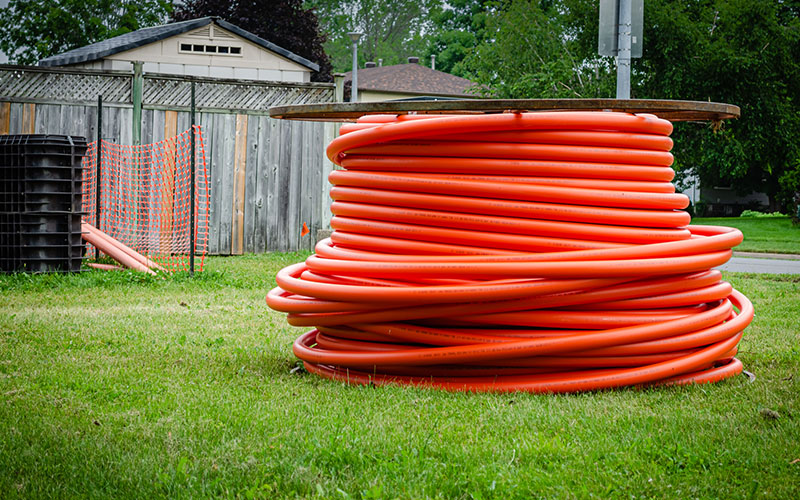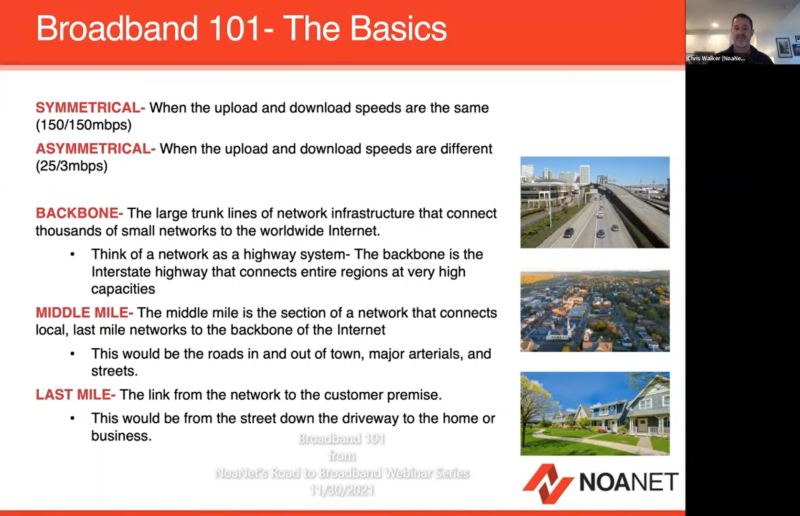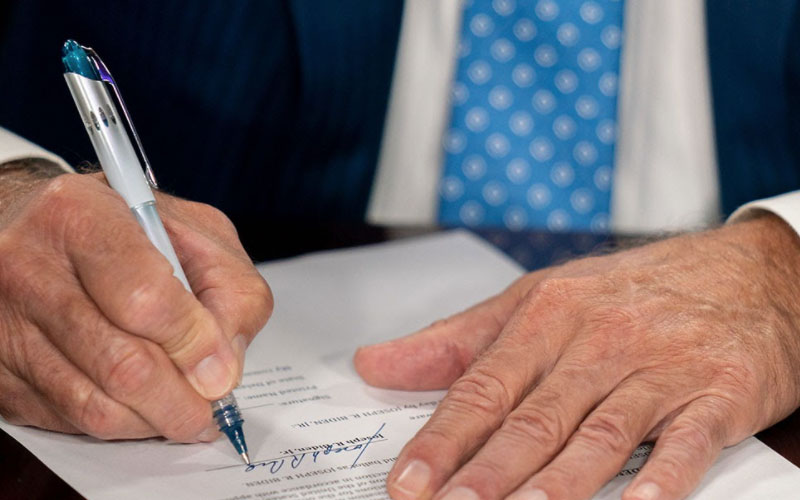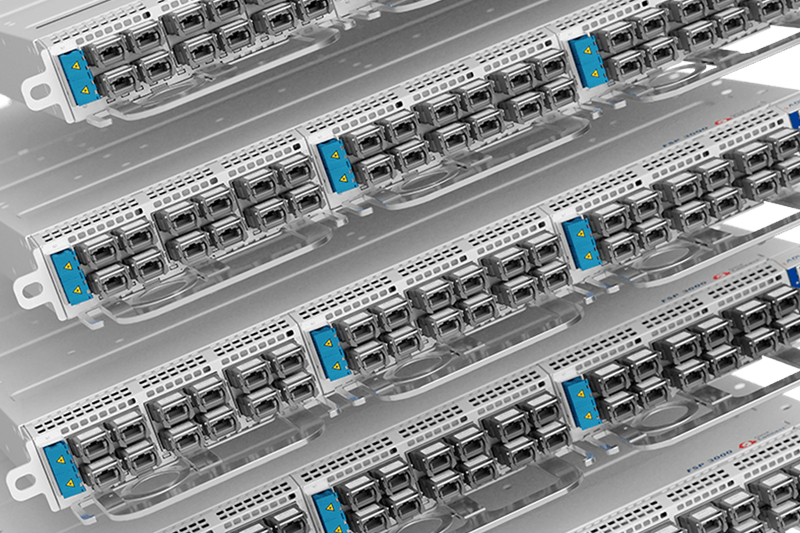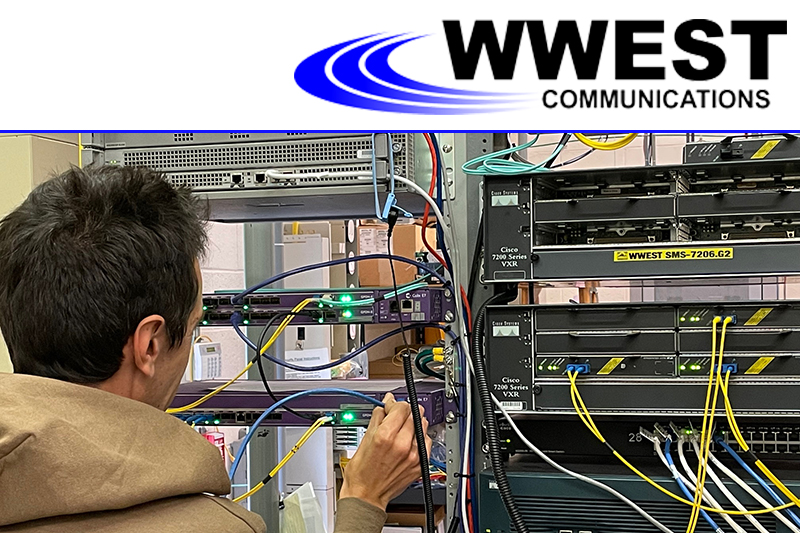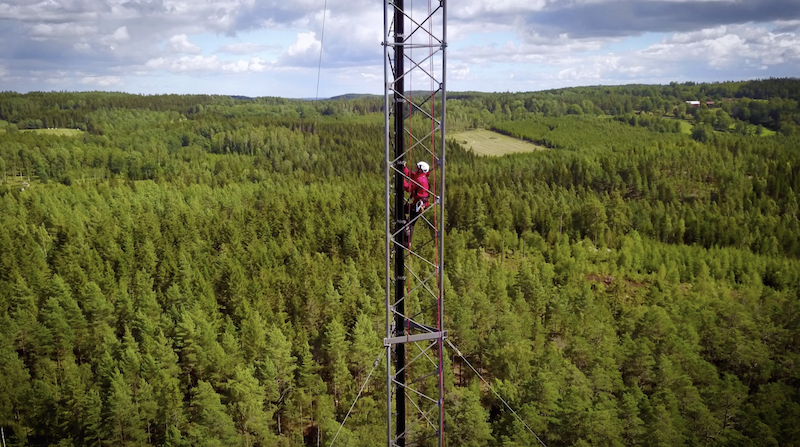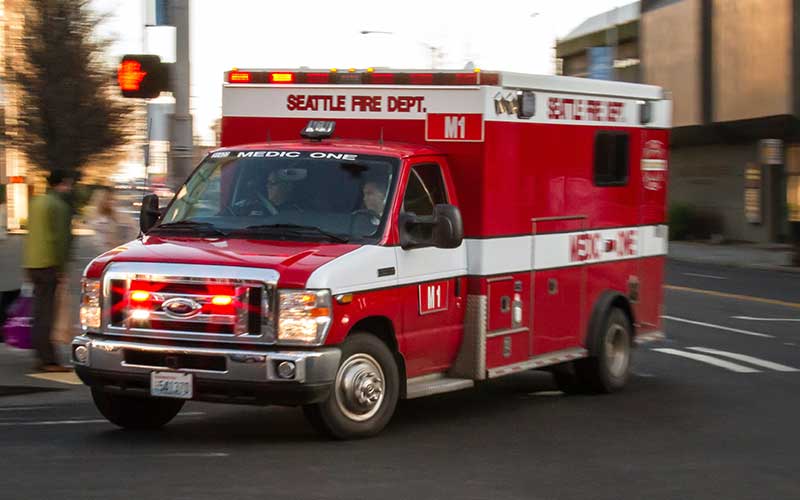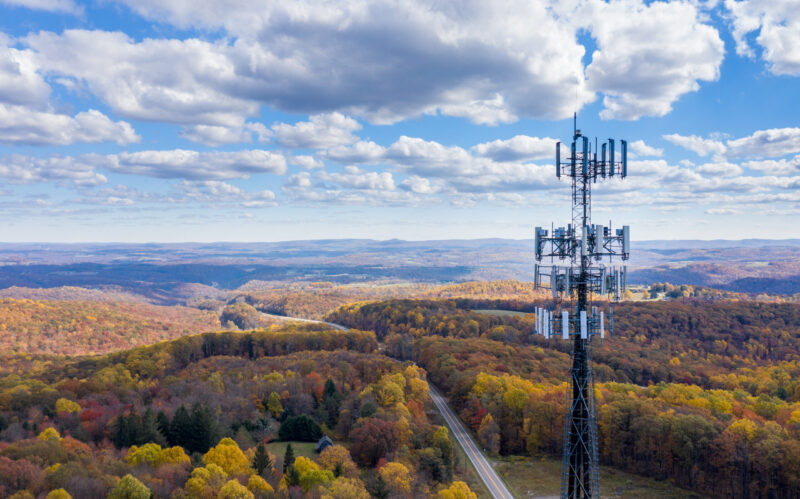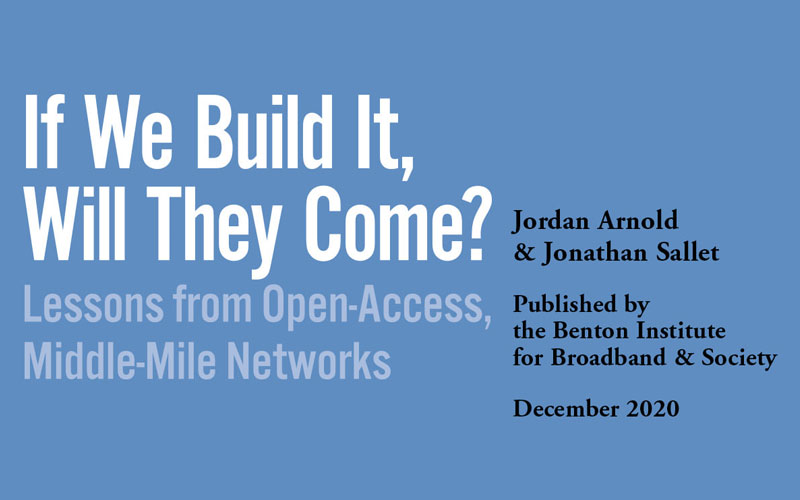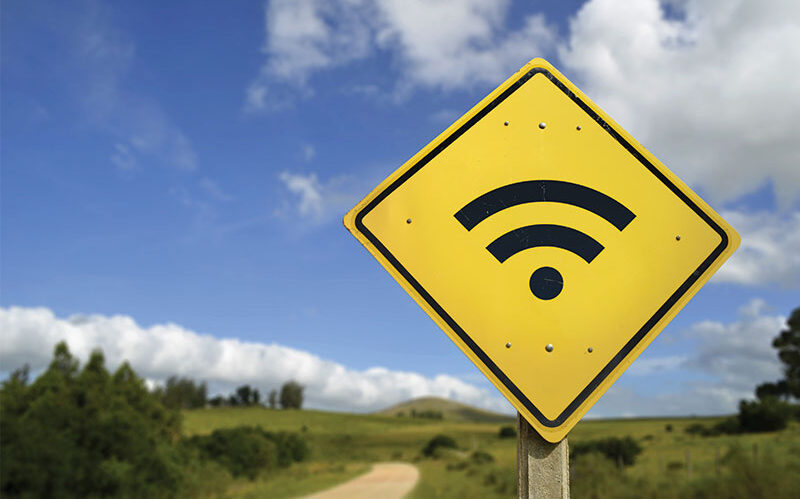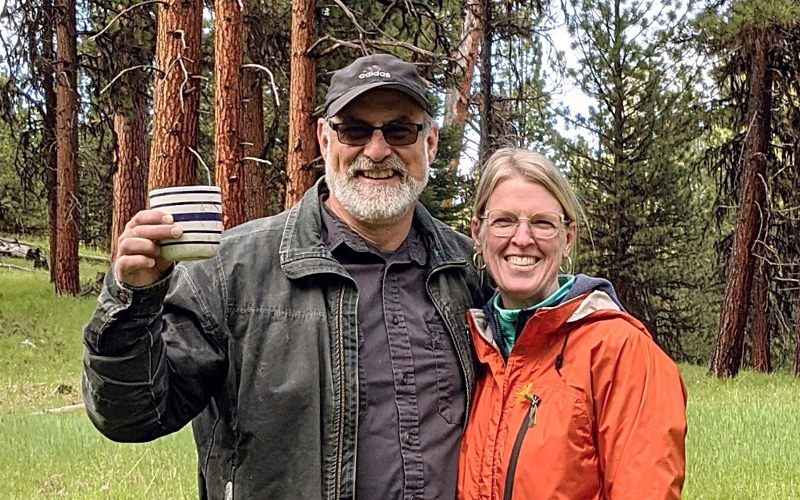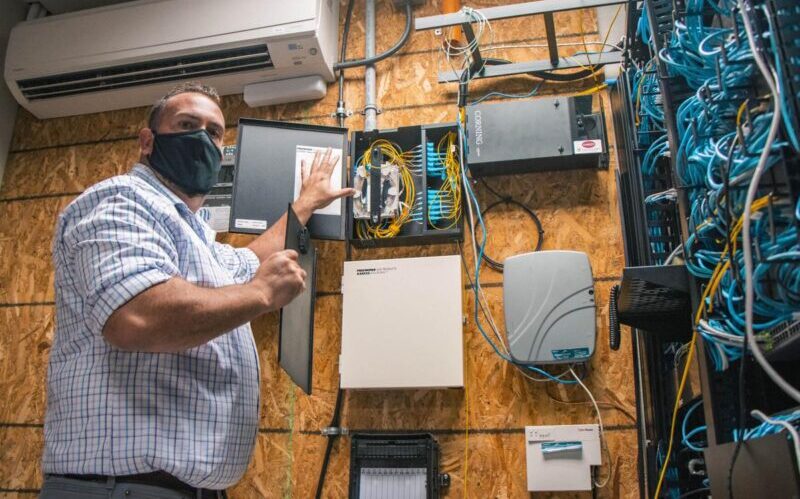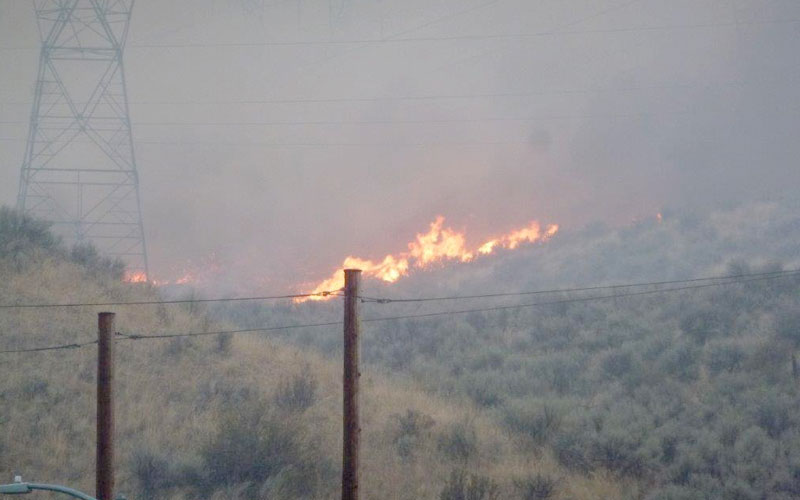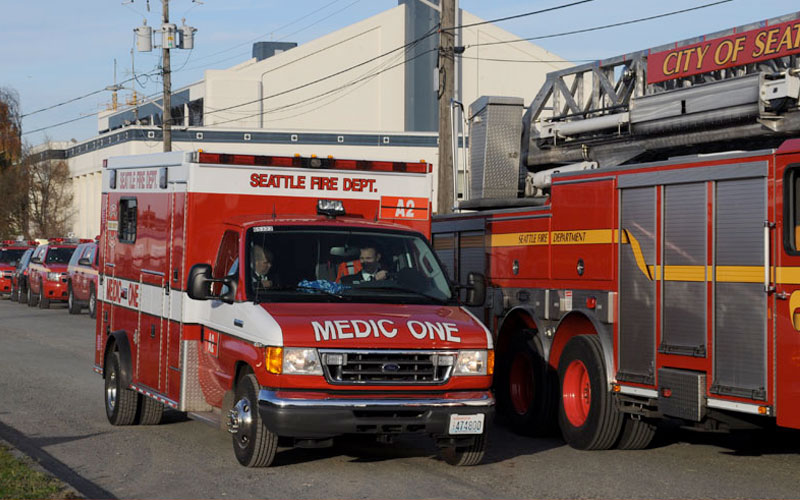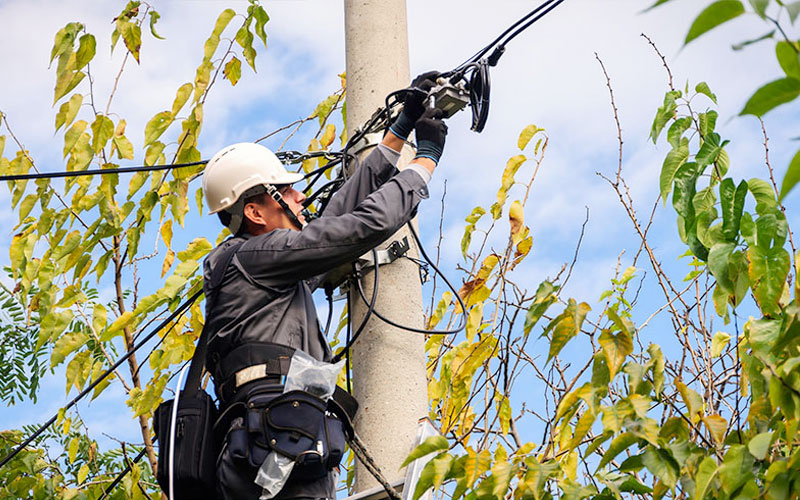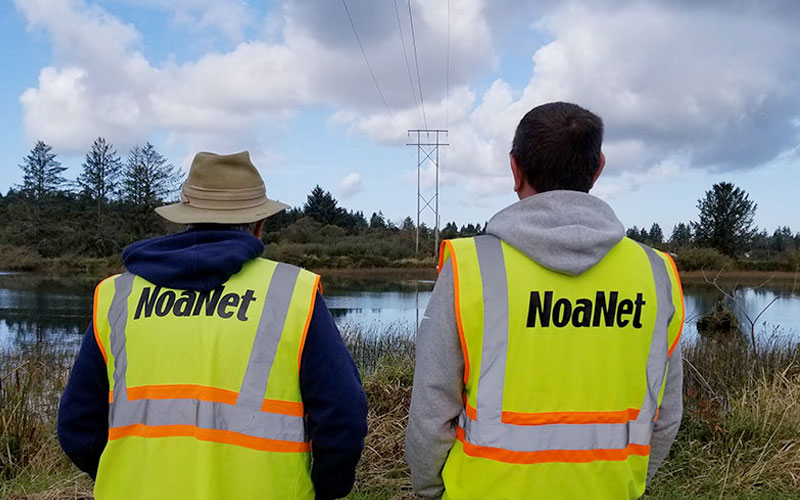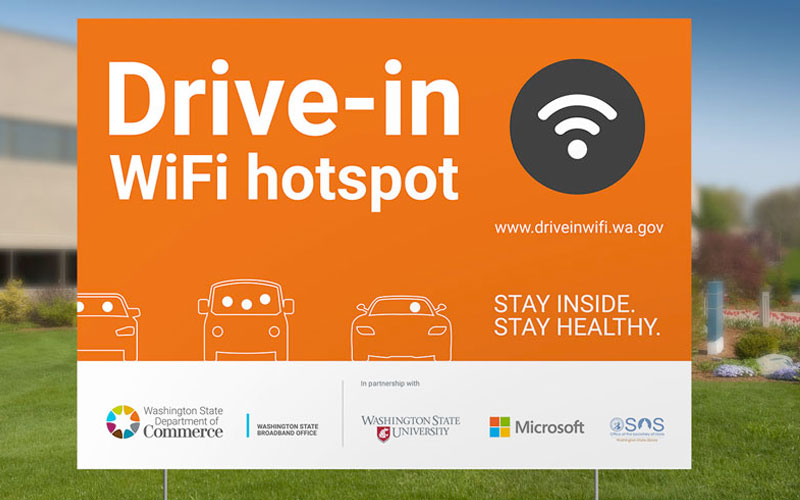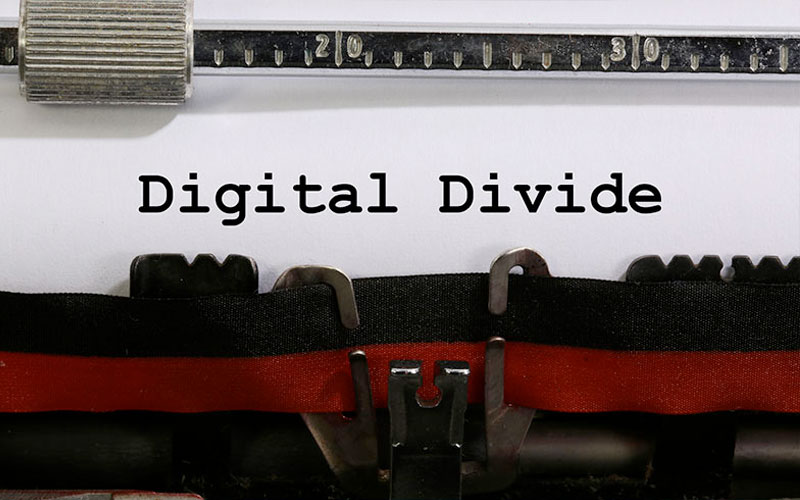Wireless technologies move data through the air using radio waves. These airwaves, made possible by the electromagnetic (E.M.) spectrum, are regulated by governments to prevent operators from interfering with each other. With an onslaught of more connected devices using these airwaves, and as more communities gain access to Wi-Fi, understanding the licensed and unlicensed parts of the radio spectrum will illustrate the impact that newly released spectrum can bring to U.S. Wi-Fi users.
Behold, The Spectrum
AM radio signals use the kilohertz (kHz) band, F.M. radio, and T.V. signals take on the megahertz (MHz) band, and higher up the spectrum is Wi-Fi (aka “wireless fidelity”) on the gigahertz (GHz) band. The radio spectrum is divided into licensed channels–-government-assigned for a fee and exclusive to operators and unlicensed channels. Unlicensed channels are open for public use but subject to regulations; this is where Wi-Fi lives.
Wi-Fi technology allows devices to connect to the internet wirelessly using radio waves, a type of electromagnetic radiation. Like tuning into a radio station, Wi-Fi works with an access point and a devices communicating with each other.
What Qualifies as Licensed Spectrum
In the United States, the Federal Communications Commission (F.C.C.) licenses spectrum frequencies and allocates what can be licensed to commercial entities. For wide-area coverage in the gigahertz (GHz) range, AT&T and Comcast–major cell phone carriers, occupy a large portion of the allocated licensed spectrum. As owners, they can then avail special licensing to their clients, but it doesn’t come cheaply.
Why do it then? Licensed spectrum for wireless communication reliably lacks congestion and its resulting interference. The same goes for radio and T.V. spectrums. Radio stations pay the F.C.C. a premium to broadcast their signal over a specific frequency; anyone else trying to use it faces a hefty fine. For all licensees, sole rights for these frequencies cover a specific geographic area and provide assurance their transmissions won’t experience significant interference.
Understanding Unlicensed Spectrum
Wi-Fi uses portions of the unlicensed spectrum; it’s public and free, and anyone can broadcast signals over it. That also means everyone uses it, not just Internet of Things devices. It includes Bluetooth devices and things like garage door openers.
Historically, this unlicensed Wi-Fi spectrum has meant using available 2.4 GHz and 5 GHz bands. Some experts liken these bands to highways, and the channels are like lanes, a slice of the “air pie,” so to speak. The need for more channels becomes clear to serve increasing Wi-Fi users and their many devices. Congestion is becoming a significant issue for Wi-Fi.
The Citizens Broadband Radio Service: C.B.R.S.
It’s worth noting that the Citizens Broadband Radio Service (C.B.R.S.) is a band (band 48) of radio frequency spectra from 3.5 GHz to 3.7 GHz for three types of users: Tier One, Incumbent Users (e.g., the Navy, which enjoys interference-free, priority service rights); Tier Two, Priority Access Licensees (e.g., private organizations); and Tier Three, General Authorized Access (e.g., unlicensed users).
Originally, this band was reserved for use by the U.S. Department of Defense, namely radar systems. In 2015, the Federal Communications Commission (F.C.C.) nicknamed the 3.5 GHz band as the “innovation band” open to new mobile users. C.B.R.S. enables enterprises to build their own private LTE or 5G networks, on-ramping an “express lane” of wireless connectivity to applications that require broader coverage, interference-free wireless spectrum, and a guaranteed service level agreement for network performance. C.B.R.S. is considered lightly licensed.
Making Room with an Added, Unlicensed Band: 6 GHz
In 2020, the F.C.C. announced that it would release a new, unlicensed band of frequency: 6 GHz. This band brings 59 non-overlapping, 20 MHz channels, significantly opening “lanes” compared to the two existing unlicensed bands. This next Wi-Fi generation has been dubbed Wi-Fi 6E, widening the existing Wi-Fi 6 standard (802.11ax) to include the new 6 GHz band. This is the first and largest expansion of the Wi-Fi spectrum in 20 years.
Putting in perspective how large an expansion this is, the F.C.C. has authorized 1,200 MHz within the 6 GHz band when previously the 2.4 GHz and 5 GHz bands allotted only 600 MHz of unrestricted spectrum. Dwarfing other nations’ spectrum slices, regions such as the E.U. only have 500 MHz of spectrum approved.
With this new stretch of open road comes the need for devices to be equipped with 6 GHz radios. Upgrades for laptops, access points, and routers are required to transmit on the new band, and those upgrades are well underway. Wi-Fi 6E is poised to remedy user congestion, realizing the potential for higher speeds and lower latency.
With no fees for using the unlicensed spectrum, these frequencies allow cost-cutting for networks, and related equipment is less costly than those associated with licensed broadcast stations. Historically, performance limitations of unlicensed frequencies caused interference problems for users. As Wi-Fi 6E emerges and as devices adopt this newly available spectrum, the public—rural and urban—stands to benefit.
Where Licensed Spectrum Meets BEAD Funding
One interesting area pertaining to licensed vs. unlicensed spectrum is in an entity’s eligibility to receive B.E.A.D. funding based on the technology it utilizes. An area that has no fiber but is served by licensed fixed wireless at speeds of 100/20 (100 megabits per second for download and 20 megabits per second for upload) is considered “served” under the B.E.A.D. program. The National Telecommunications and Information Administration (N.T.I.A.) cites that “any location with speeds of 100/20 by technology that meets the definition of Reliable Broadband Service is considered served: Reliable Broadband Service is broadband service that the F.C.C. Broadband DATA Maps show is accessible to a location via: (i) fiber-optic technology; (ii) Cable Modem/ Hybrid fiber-coaxial technology; (iii) digital subscriber line (DSL) technology; or (iv) terrestrial fixed wireless technology utilizing entirely licensed spectrum or using a hybrid of licensed and unlicensed spectrum (N.O.F.O. Section I.C.u).” Premises that receive 100/20mbps via unlicensed fixed wireless would not be considered served, therefore, would be eligible for B.E.A.D. funding.
Bottom line: Even with plenty of new unlicensed spectrum coming available, for an entity to qualify for upcoming BEAD funding, it would need to fall under the parameters of Reliable Broadband Service, which, for spectrum, is at least partially (if not wholly) licensed fixed wireless. Read more about BEAD and its F.A.Q. on the N.T.I.A. site here. We look forward to seeing (and helping) entities bridge the digital divide by maximizing available funding opportunities and to the public benefit of increasing affordable broadband.
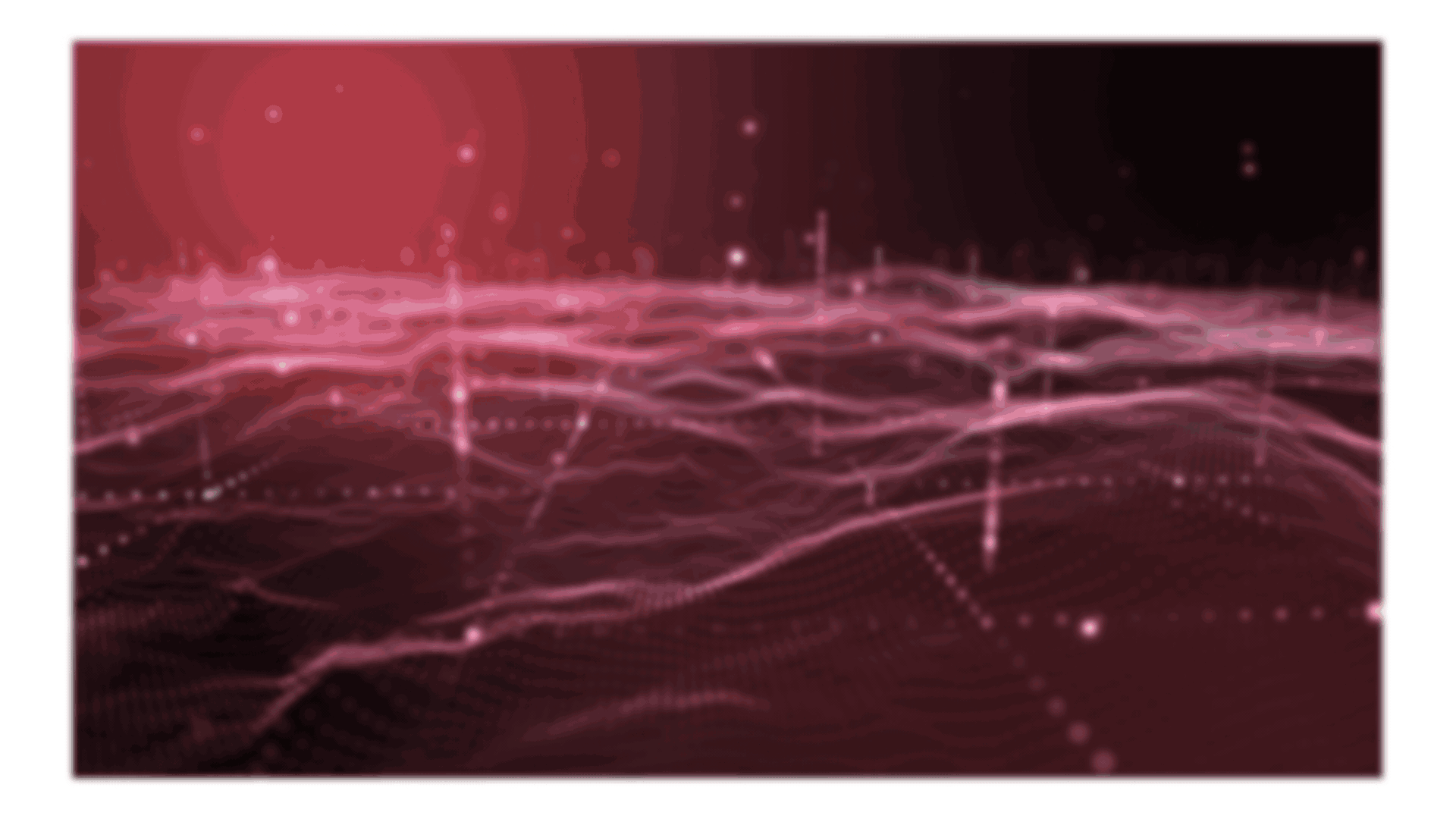
Northwest Open Access Network (NoaNet) is a not-for-profit wholesale telecommunications mutual corporation serving Washington State since 2000. As a mission-driven organization, NoaNet focuses on bringing world-class telecommunications technology to hard-to-reach communities lacking high-speed, affordable broadband services.


